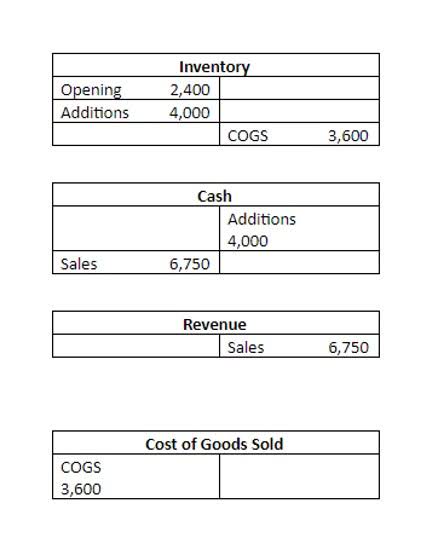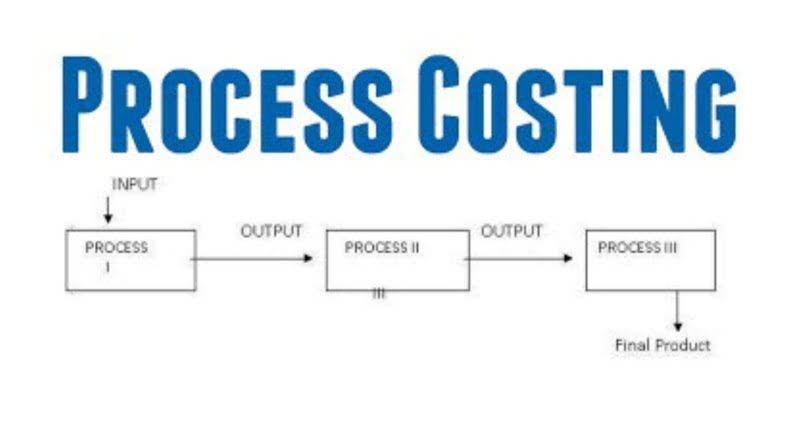
After-tax income zeroes in on tax liabilities, giving you a clearer picture of your earnings post-taxation. Understanding both gross and net income is vital for effective financial assessments and planning. In the cash flow statement, net income is essential for calculating operating cash flows using the indirect method.
Products

Both terms refer to the same amount of money, and you can use them interchangeably without an issue. On top of that, your net sales can show how you compare to your competitors. If your competitors have higher numbers than you, you should jump back into the competition by applying marketing strategies and enhancing your customer satisfaction. Net sales allowances are usually different than write-offs which may also be referred to as allowances. A write-off is an expense debit that correspondingly lowers an asset inventory value. Allowances are less common than returns but may arise if a company negotiates to lower an already booked revenue.
Net Sales Vs. Profits: What’s the Difference?
So how do sales tax exemptions and non-taxable sales factor into this question? First, sales tax exemptions occur when your customer has a valid reason to not pay sales tax in a state – maybe they are a non-profit or are buying good for resale. Exemptions must be documented with any state where your customer claims to have an exemption. Gross income is the total amount you earn before any deductions, encompassing wages, salaries, bonuses, commissions, and even rental or investment income.
- If the customer returns a product that was previously taxed, you may issue a tax refund.
- The difference between gross and net income boils down to the difference between what you bring in (gross income) and what you get to keep for spending (net income).
- Net pricing will first show the prices of your products and services without VAT.
- Save yourself from confusion when asking questions like “Does gross sales include sales tax?
- Do I include sales tax collected from customers in my gross sales on schedule C?
- Additionally, businesses must track sales tax separately, especially for transactions that qualify for a tax exemption, to avoid over-collecting or under-collecting taxes.
Cost Factors affecting Net Sales
Many investors also report their income, and the difference between net and gross revenue for a small business can have significant income tax repercussions if mishandled. There are many gray areas in both recognition and reporting, but ultimately, all earned income from sales transactions falls into gross or net categories. Exclusive rates may be favored by business owners that do not want to take tax into consideration when pricing their products or services. This method also provides a more detailed accounting of expenses when creating an invoice. Understanding the difference between gross and net sales can significantly impact your payroll company’s business strategy.
So, if your gardening business made $700,000 in sales for the year, you would Bakery Accounting record this as gross sales on your sales tax reporting. The key thing to remember is that gross sales are not the same as net sales. The metric is significant for retail businesses that need to file a sales tax return. Gross sales is a straightforward metric that reveals a company’s total revenue from sales and serves as an initial gauge of business activity.
When to Use Net vs. Gross Sales
It’s also helpful for understanding trends—if net sales decrease over time, that could be a sign that you need to make some changes in your business. If they change during particular seasons, you can use that insight to plan your stock levels and promotions accordingly. While the café is doing just fine, the owners want to track how well the cold brew cans are selling and spot any inefficiencies or problems within that product line.
Supercharge your sales tracking with Streak

After that, subtract your operating expenses, which encompass selling, administrative, and technology costs. Simply divide the total amount of the items that are subjected tax by (1 + the applicable tax rate). For example, if your goods are subjected to a tax of 9%, you would divide the total by 1.09 to get your rate, which you would then add onto the original total for an inclusive rate. Recognizing when you’re dealing with inclusive or exclusive rates will help you gain an understanding of commonly implemented tax strategies and help you navigate your expenses. SmartAsset Advisors, LLC (“SmartAsset”), a wholly owned subsidiary of Financial Insight Technology, is registered with the U.S. A financial advisor can guide you in creating a strategy that focuses on keeping operating expenses low to maximize profit.

- Explore the crucial role of net sales in evaluating a company’s performance and learn how to calculate them in this comprehensive post.
- Some companies prefer to include both gross and net sales, while some include the latter only.
- Thus, CVS Health Corp. generated a revenue of $ in 2021, $ in 2020, and $ in 2019.
- If the difference is significant, it’s an indication that there’s poor quality control within the company.
- Keep in mind that the state sales tax might not be the only tax being added onto the purchase price.
- Net sales may also not apply to every company and industry because of the distinct components of their calculation.
Your Adjusted Gross Income (AGI) is used in completing your tax return and is all of the taxable income you bring in, minus certain adjustments. While gross sales refer to a company’s income does net sales include tax from selling products, revenue covers other areas where a company might generate profit, like licensing and royalties. However, this difference is only relevant in companies that don’t rely on products solely for profit. Using your gross and net sales figures, you can refine your company’s sales strategies, improve your product’s quality, and focus on your strength points. Over time, these actions will enhance your company’s overall performance and improve your gross profit margin. Recognizing and reporting revenue are critical and complex problems for accountants.






